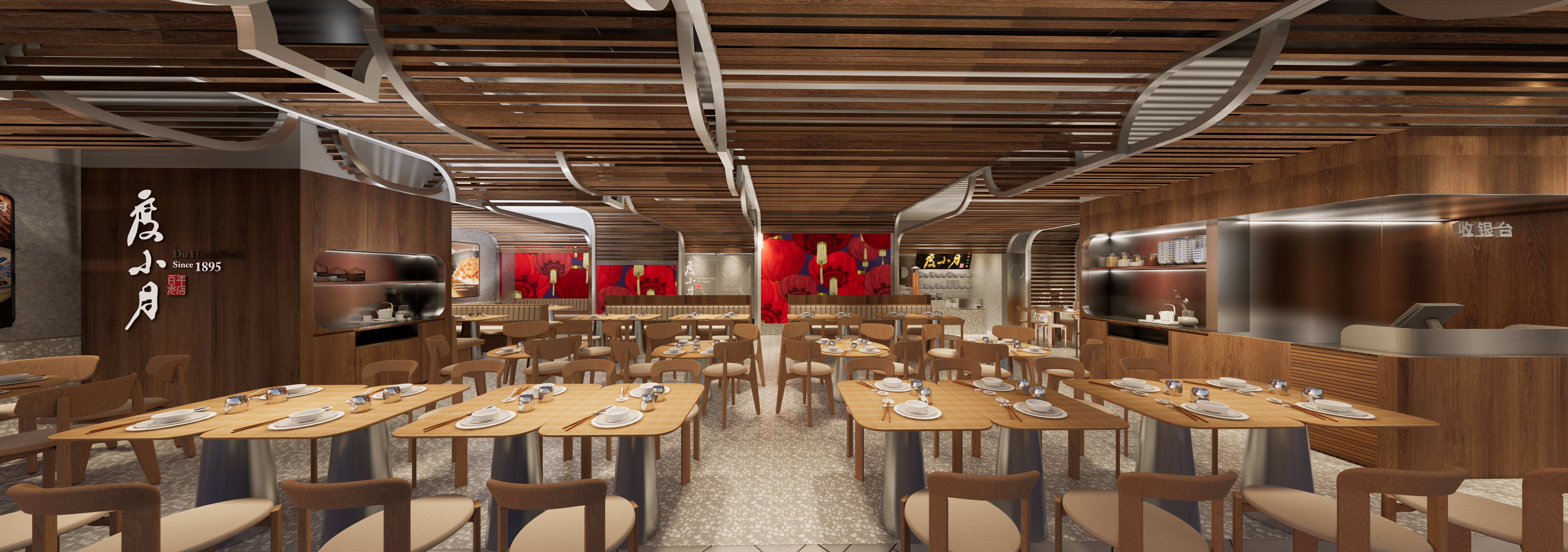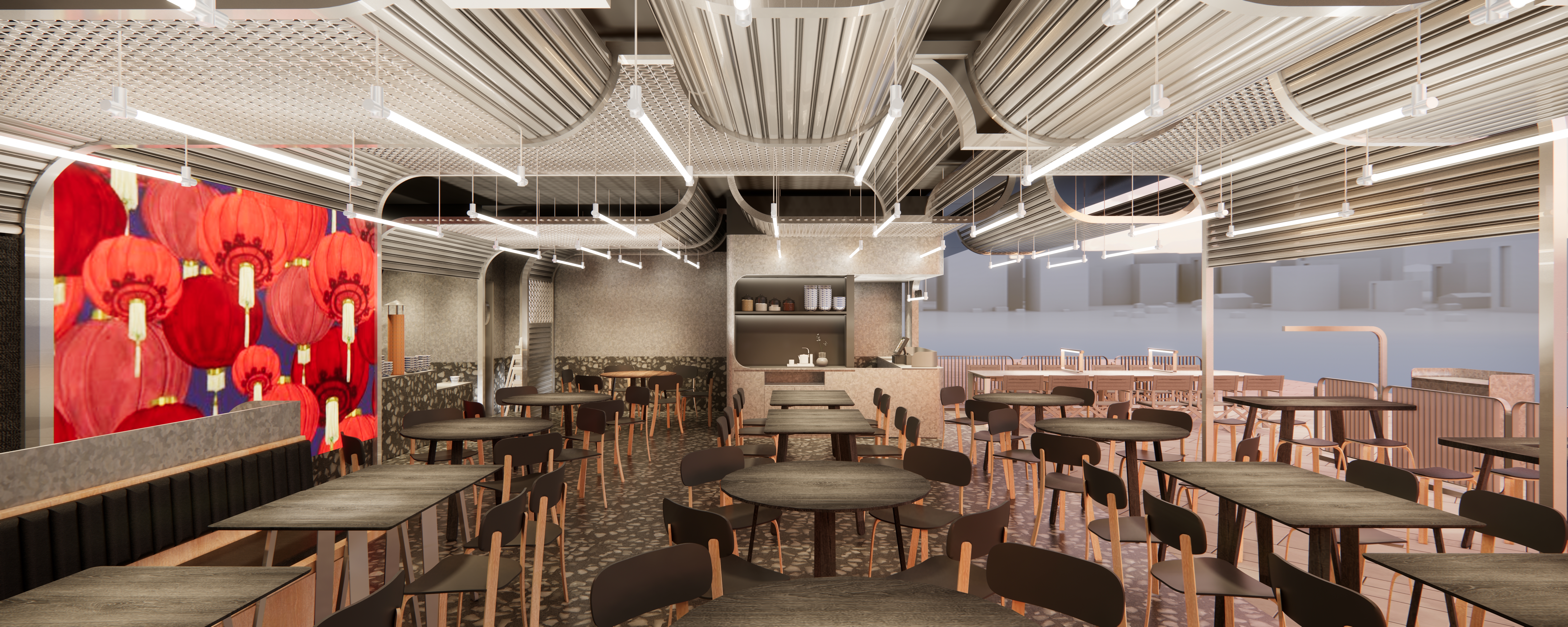度小月 Du Hsiao Yueh北京侨福芳草地店
台湾“度小月”源起于1895 年洪氏先祖平时以捕鱼为生,每年在海象不佳的季节时因无法出海捕鱼,渔民俗称“小月”,为了养家糊口,就卖起面来借此“度”过“小月”,一开始是以担仔挑着沿街叫卖,于摊前灯笼上
,书写着“度小月担仔面”六个字。由于口味独到,广为大众接受,“度小月担仔面”却成为金字招牌,后来直接转行卖面这就是“度小月担仔面”的由来。目前已传至第四代继续经营。
The origin of "Du Hsiao Yueh" in Taiwan dates back to 1895 when the ancestors of the Hung family made a living by fishing.During seasons with unfavorable sea conditions, preventing them from going out to fish, the fishermen referred to this period as the "small moon" ("小月" in Chinese). In order to support their families during these challenging times, they started selling noodles, using the term "Du" to signify getting through the "small moon." Initially, they sold noodles by carrying them in a shoulder pole and calling out along the streets.
Lanterns in front of their stalls were adorned with the words "度小月担仔面".
Due to its unique and appealing taste, it gained widespread acceptance, and "Du Hsiao Yueh Dan-Zai Noodles" became a renowned brand. Over time, the business transitioned solely to selling noodles, giving rise to the legacy of "Du Hsiao Yueh Dan-Zai Noodles." The tradition has continued through four generations and is still thriving today.
度小月最初是挑着担仔沿街叫卖,这里的“道”代表的是街道,过道,道路,水道,等。
同时也呼应了桥福芳草地的建筑设计。暗指新与旧的结合,两种空间在变化的同时也在相互碰撞。延续度小月最早沿街叫卖的形式,提取其中铁卷门的元素。结合侨福芳草地的建筑特色(楼中道),把非常传统的台湾街道元素带入到当代建筑中把铁卷门这一元素变成一个贯穿整体空间的装置艺术,使顾客身临其境。使用现代的装置手法,让度小月的整体空间得到创新,同时,保留其历史元素。
Originally, "Du Hsiao Yueh" began with vendors carrying shoulder poles and selling noodles along the streets. Here, the term "道" ("Du" in Chinese) represents streets, passages, pathways, or waterways. It also echoes the architectural design of the Chiao Fu Feng Grassland, suggesting a combination of the new and the old, where two spaces evolve and collide with each other amid change.
Continuing the street vending tradition of "Du Hsiao Yueh," the design incorporates elements from traditional iron rolling doors. Integrating this with the architectural features of Chiao Fu Feng Grassland, it transforms the iron rolling door into an immersive art installation, blending traditional Taiwanese street elements with modern design techniques. This innovative approach preserves
historical elements while creating a dynamic and culturally rich environment.





